Of all the new TV technologies to emerge over the last few years, it’s arguable that none has had as big an impact on overall picture quality as High Dynamic Range, or HDR. When properly implemented, HDR makes everything pop, while enhancing details and improving color. We think it has been more impactful than the move from Full HD (1080p) to 4K Ultra HD or even 8K resolution.
But not all HDR is created equal; in fact, HDR is a catch-all term that refers to several distinct and competing technologies. The one with the biggest brand recognition is Dolby Vision. Dolby Labs has done such a good job of marketing Dolby Vision as its own platform, many consumers aren’t even aware that it’s an HDR format. That shouldn’t be a surprise: TVs that have Dolby Vision technology are often labeled as “4K HDR TV with Dolby Vision,” making it seem as though the two terms aren’t related.
Adding fuel to the Dolby Vision fire is that the HDR format is now available in several smartphones including select models of Apple’s super-popular iPhone — it was introduced on the iPhone 12 Pro and iPhone 12 Pro Max. But what is Dolby Vision? How is it different than other HDR formats? And more importantly, how can you get it at home? We have all the answers right here.
What is HDR?

Before we get into Dolby Vision specifically, let’s quickly recap HDR in general. High Dynamic Range is a technology that lets filmmakers and content creators produce videos with increased brightness, greater color accuracy, and better contrast than what was previously possible. While HDR is often utilized in high-quality theaters, it has also become increasingly popular for home viewing. When HDR content is viewed on a quality HDR-compatible TV, you can tell right away — the increase in overall picture quality is dramatic, offering a touch of cinematic quality on the small screen.
There are five major HDR formats to discuss for home use: Two static formats and three dynamic ones. The two static formats are HDR10, the version that every HDR-capable TV supports, and HLG, a version designed for broadcast applications. Static in this case means that the data required to show HDR content is determined once based on the entire movie or TV show. Once the video starts to play, that information doesn’t change.
The three dynamic formats include Advanced HDR by Technicolor, and two much more commonly known formats for the home: HDR10+, a license-free format developed in part by Samsung, and Dolby Vision. Unlike static formats, dynamic formats can adapt as you watch, boosting or reducing HDR elements based on each scene, down to a frame-by-frame level of detail. It takes way more data to do HDR this way, but experts agree: Being able to fine-tune color, contrast, and brightness for each scene can have a big impact on HDR quality.
So what’s so special about Dolby Vision?
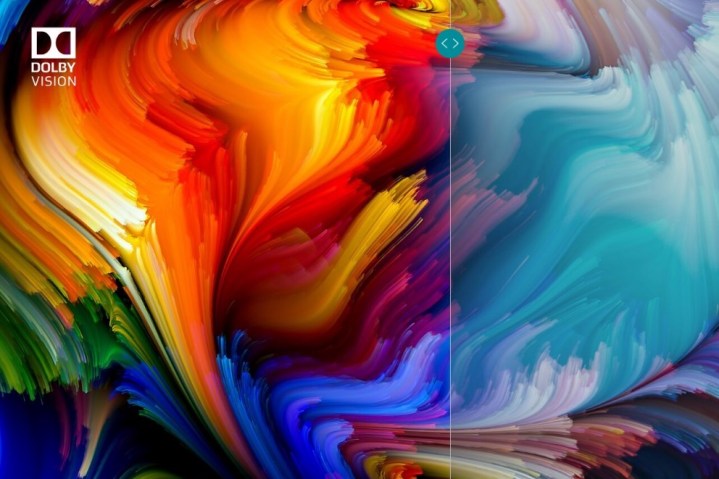
As touched on above, Dolby Vision is a proprietary, dynamic HDR format developed by Dolby Labs. Adjusting the picture on a scene-by-scene (and even frame-by-frame) basis, lets you see more detail with better color accuracy. It is constantly making adjustments so that each image on the screen is optimized. But there’s more to it than that.
In addition to the ability for content creators to tweak picture settings at a highly granular level, Dolby Vision supports a much wider range of possible settings than the more conventional (and static) HDR10. For instance, HDR10 supports a maximum picture brightness of 1,000 nits for TVs. Dolby Vision can go much brighter — up to 10,000 nits.
The same is true for color accuracy. HDR10 lets content creators specify color using 10 bits of data, whereas Dolby Vision supports up to 12 bits. That spec might not seem like a big deal — by the numbers, that’s only a difference of 2 bits — but it makes a huge difference. With 10 bits, you can pick from 1,024 shades of each primary color, which gives you over a billion total possible colors. Again, that sounds huge until you realize that 12 bits give you 4,096 shades and a total of over 68 billion colors.
If that sounds like overkill, when it comes to your TV, it is. For the moment, there are no TVs you can buy that are capable of displaying 10,000 nits of brightness or the 68 billion colors that Dolby Vision provides. Even the brightest TVs on the market tend to max out at 3,000 nits of brightness, and not even LG’s newest flagship OLED TV offers better than 10-bit color support. That said, TV technology is advancing very rapidly so Dolby Vision’s current above-and-beyond specs may seem perfectly reasonable in another five years.
What about HDR10+?
The Samsung-backed HDR10+ format is similar to Dolby Vision in that it’s also a dynamic format that can optimize on-screen images on a scene-by-scene basis. It has support for higher brightness and color depth than the HDR10, but it doesn’t quite go as far as Dolby Vision in its specifications. In theory, this means that you’ll get better results with Dolby Vision, but for now, the biggest difference between the two standards is availability.
Few devices currently support HDR10+ and even fewer sources of content are available in HDR10+, though this is beginning to change. In time, thanks to the free licensing of the HDR10+ standard, we could see the tables turn. If you’re wondering about future support for these competing formats, here’s something to keep in mind: Any device that currently supports Dolby Vision ought to be able to support HDR10+ too, via a firmware upgrade. Moreover, there would be little cost to manufacturers that chose to do this. The same is not true for Dolby Vision, which adds a licensing cost in addition to the cost of developing the firmware itself.
Which TVs support Dolby Vision?
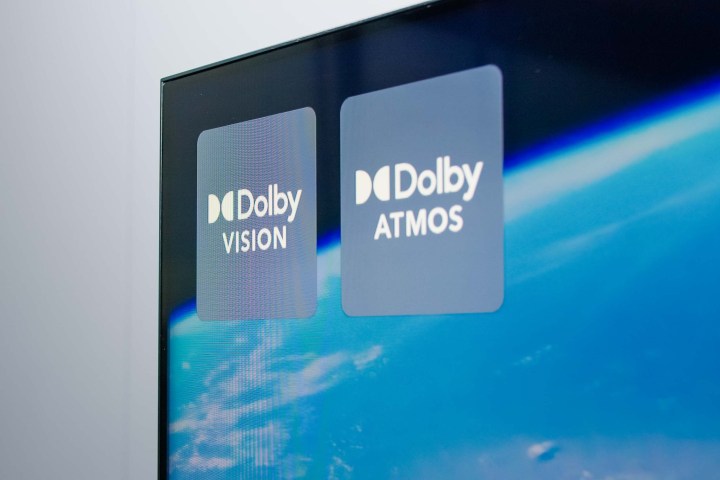
While Dolby Vision is more prominent than HDR10+, not all new TVs are Dolby Vision-compatible. One prominent brand that does not support it is Samsung, which is all-in on HDR10+.
Major brands that offer Dolby Vision include LG, TCL, Vizio, and Sony, but Dolby Vision support can vary from model to model. Before you buy, make sure to read the full specs for the model you’re considering. If it works with Dolby Vision it will likely say so and usually quite prominently.
What else do I need for Dolby Vision?
A source of Dolby Vision video

In addition to having a Dolby Vision-compatible TV or another device, you’ll need a source of Dolby Vision video. Lots of 4K Ultra HD Blu-rays support Dolby Vision, and video streaming services like Netflix and Amazon Prime Video offer a good selection of both Hollywood movies and original series in the format. Disney+ and Apple TV+ both have deep support for Dolby Vision as well as Dolby Atmos — the company’s popular surround-sound audio format.
With Dolby Vision video capture capable on the new iPhones, users will be able to capture their own Dolby Vision HDR video content and display it on a compatible TV with Dolby Vision, though it isn’t yet clear just how good the Dolby Vision content captured on these phones will look since it is graded by AI rather than a human.
Dolby Vision can even be found in TV broadcasts in very select circumstances. Both the 2022 World Cup Soccer event and the 2023 Super Bowl were offered in Dolby Vision to Comcast’s cable customers. Typically, when broadcast TV is offered in HDR, it’s for sports events, and it’s usually done using either HDR10 or HLG due to the lower bandwidth requirements of these HDR formats.
A Dolby Vision-capable device
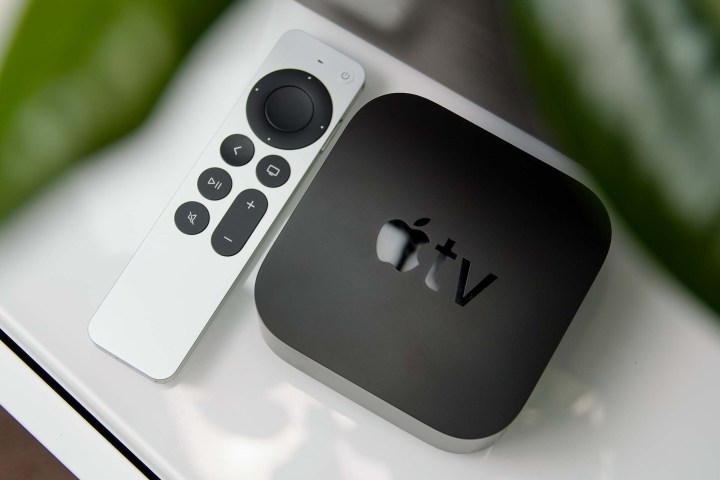
If you use a set-top box, game console, or Blu-ray player for your streaming video content, it also needs to be Dolby Vision-compatible — not all of them are. Roku streaming devices like the Roku Streaming Stick+, for instance, only support HDR10. By contrast, some Roku TVs, like those made by TCL, do support Dolby Vision. The Apple TV 4K supports Dolby Vision, but the Apple TV HD doesn’t. Amazon’s 4K Fire TV Stick is one of the few devices that supports all four of the top HDR formats: HDR10, HLG, HDR10+, and Dolby Vision. The most recent Roku Ultra streaming box also supports Dolby Vision as does the Chromecast with Google TV.
Nvidia’s older Shield TV streamers don’t support it, but the 2019 Nvidia Shield TV and Shield TV Pro do. Microsoft’s Xbox One S and One X have supported Dolby Vision since 2018, but you won’t find it on the basic Xbox One. Only Sony’s PlayStation 5 supports Dolby Vision, but in a limited way: it only works for games and only when it’s connected to a compatible Sony Bravia TV. Again, it pays to do your research.
Finally, if your chosen Dolby Vision device requires an HDMI cable (instead of the dongle-style that plugs directly into a TV) make sure you buy an HDMI cable that is guaranteed to be compatible with Dolby Vision. Any cable that bears the “HDMI Premium Certified” label is ideal. Cables that are rated for lesser speeds may work but be prepared in the event that they don’t. The good news is that you can buy Premium Certified HDMI cables for less than the price of an IMAX movie ticket.
A few gotchas
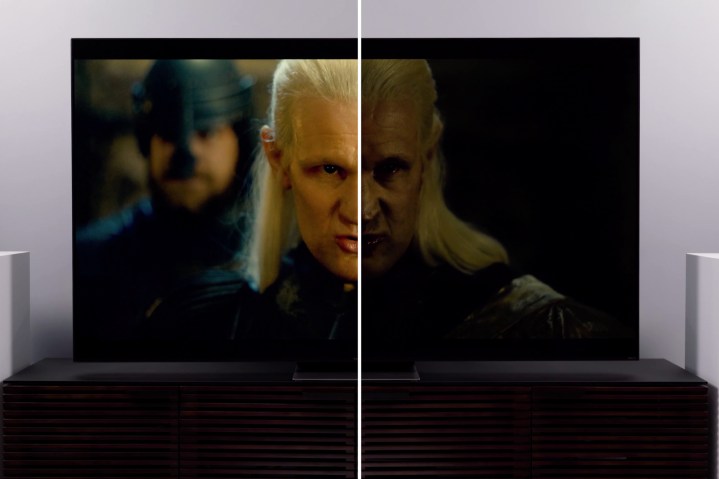
Sometimes, even when you do everything right, things still don’t work as planned. We have found instances where even if you have a Dolby Vision source, playback device, and TV, you still don’t get Dolby Vision. One recent example comes from Disney+ where some viewers were surprised to learn that despite having a fully compatible setup, they still weren’t getting Dolby Vision on their Xbox consoles. The reason? The Xbox Disney+ app doesn’t yet support Dolby Vision even though many titles on the service are labeled Dolby Vision.
Another issue you may have heard about also relates to Dolby Vision and Disney+. Some experts have taken issue with how The Mandalorian — an exclusive Disney+ streaming show presented in Dolby Vision — looks. They say it looks too dark, and that even the brightest on-screen moments aren’t as bright as they expect from a Dolby Vision title. Are they right?
The answer is both yes and no. While The Mandalorian appears dark, it’s not Dolby Vision’s fault or Disney+’s handling of Dolby Vision. To imbue the scenes with a somber tone, the show’s creator chose during production to scale back on the brightness that’s possible with Dolby Vision. Remember, a creator can choose how each scene looks using Dolby Vision, so while HDR10 might look brighter sometimes (see the House of the Dragon example above), brighter may not be what the creator had in mind.
What about Dolby Vision IQ?
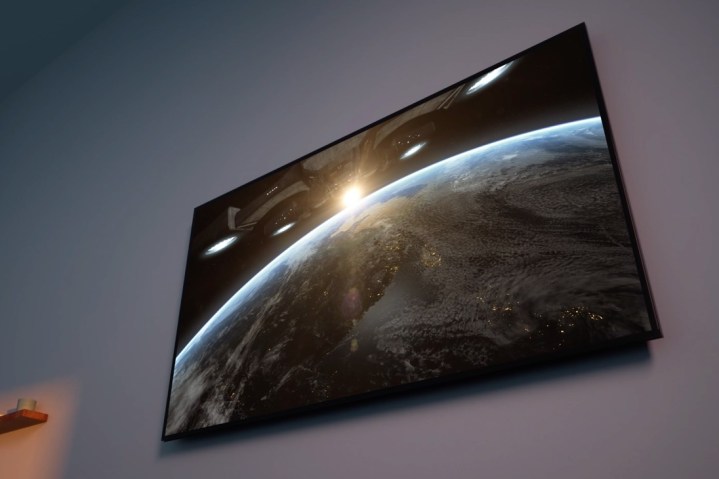
In 2020, Dolby presented its video technology Dolby Vision IQ, which is essentially an upgrade to Dolby Vision. The software uses light sensors built into Dolby Vision IQ-enabled TVs to dynamically adjust Dolby vision content for optimal viewing. This feature makes Dolby Vision incredibly dynamic. It senses the ambient light level in your room and changes the additional color and contrast info. It also reevaluates and readjusts on a scene-by-scene basis to suit your viewing conditions.
Most manufacturers (still no Samsung) now support Dolby Vision on their best TVs, including LG, Panasonic, Hisense, and TCL. Curiously, Sony does not support Dolby Vision IQ despite the fact that its TVs have Dolby Vision. However, some Sony models use a proprietary Sony-developed system that performs a similar set of adjustments.
Now you know all you need about Dolby Vision. Check back often, as we’ll update this article as new changes, equipment, and support become available.
Editors' Recommendations
- What is HDR10+? What you need to know about the HDR format
- Amazon Prime Video makes Dolby Vision, Atmos a paid upgrade
- Dolby Vision vs. HDR10 vs. HDR10+: Which HDR format is the best?
- Wonder Woman 1984 will mark HBO Max’s 4K HDR debut
- Free on Apple TV: Pearl Jam’s new album is now a Dolby Vision/Atmos experience




